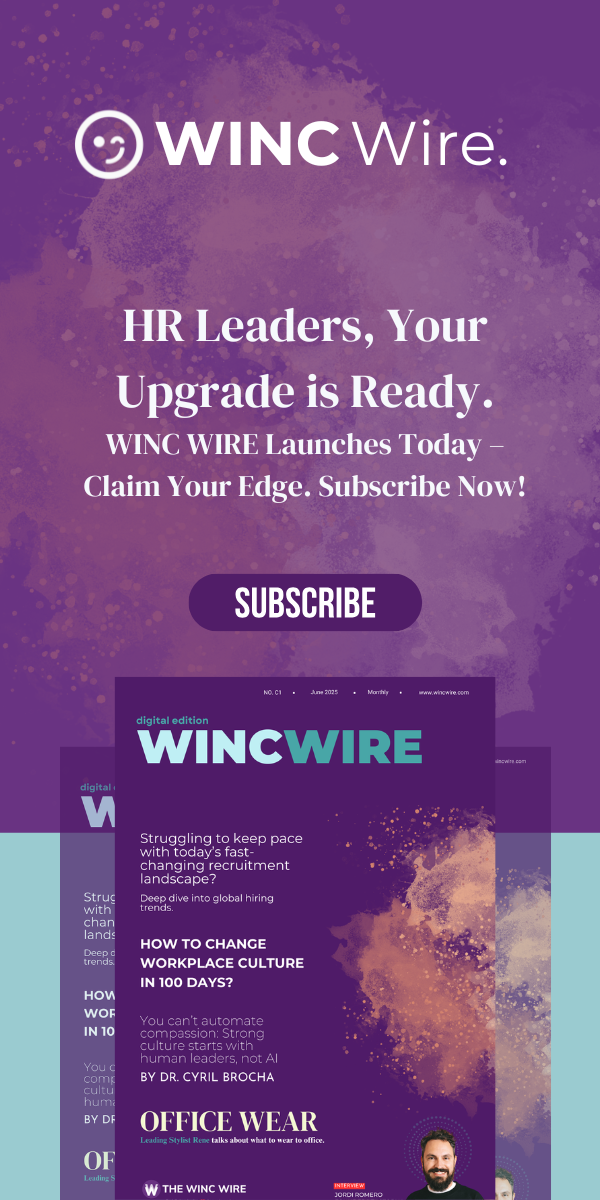The modern workplace is evolving at pace, yet many HR departments remain tangled in outdated practices, stuck in a loop of cumbersome processes and legacy systems. For too long, HR has been perceived as a support act rather than a strategic force. But as the world of work redefines itself — driven by digital transformation, shifting workforce expectations, and operational complexity — it’s clear: the time for HR to step forward is now.
Let me offer a comparison I’ve used often in boardrooms. Imagine an orchestra trying to perform with sheet music from the 1980s, conducted via fax machine, with half the instruments missing. That’s what many HR teams are still grappling with. What we need is harmony — a future-ready, people-first HR function tuned to today’s rhythms of change.
In this article, I’ll explore what’s holding HR back, how to identify the pinch points, and how modern tools, particularly AI and automation,n can help us create cultures of excellence, not just compliance.
Why HR Gets Stuck in the First Place
Over the last 25 years, across industries from automotive to hospitality, I’ve seen organisations make extraordinary progress when their HR strategies align with their business ambition. But I’ve also seen what stalls that journey.
The two core types of friction that keep HR in the mud are:
Environmental Friction
This is the operational clutter — legacy systems, clunky interfaces, endless approval chains. One client I worked with had a holiday request form that required five signatures, two of which belonged to retired employees. These inefficient systems eat into time and morale.
Behavioural Friction
Perhaps more nuanced, this comes down to mindset. The “we’ve always done it this way” syndrome. Or leaders who nod politely at innovation but won’t allocate budget. In some firms, even suggesting a new onboarding platform triggers anxiety about ‘breaking’ the process.
When these frictions converge, they sap momentum. HR becomes a reactive function, defined by fire-fighting and policy enforcement, rather than enabling growth or shaping culture.
Step One: Conducting a Friction Audit
Before you can move forward, you must map where you are. One of the most practical exercises I recommend is a friction audit — a systematic review of your HR processes through the lens of efficiency, experience, and empowerment.
Here’s a framework to begin with:
- Map Your Journey: From recruitment to retirement, track every interaction. How many steps are involved in onboarding? Is performance management tied to outcomes or paperwork?
- Listen Beyond the Survey: Host conversations, not just feedback forms. Employees often reveal blockers in casual dialogue that they wouldn’t surface in structured reviews.
- Prioritise by Impact: You won’t fix everything overnight. Target interventions where the friction is highest and the potential gain — in time, trust or talent — is immediate.
Take, for instance, a manufacturing client I advised. Their onboarding required new hires to complete 17 separate forms across four departments. We consolidated this into one digital workflow. The result? A 42% reduction in admin time and a faster sense of belonging for new employees — operational precision with a human outcome.
The Roadmap to Change: From Audit to Action
Once you’ve uncovered the friction, the next step is to design your change roadmap. I prefer a three-phase model built on momentum, not perfection.
1. Audit and Assess
Use the findings of your friction audit to outline what must change, what should change, and what can wait. Technology isn’t the silver bullet alignment is.
2. Pilot and Test
Rather than a blanket rollout, start small. Implement new tools in one business unit. Track adoption, gather feedback, and refine. One retail client gamified their HR training module with weekly leaderboards uptake went from 23% to 74% in under two months.
3. Refine and Scale
Once you have proof of concept, scale thoughtfully. This phase is about consistency, communication, and capability-building.
Remember, digital transformation in HR isn’t about buying software. It’s about redesigning how work gets done, how people feel, and how value is created.
Embracing Technology Without Losing Humanity
There’s a persistent myth in some leadership circles — that digitising HR means dehumanising it. But the opposite is true. Technology, when applied with intention, creates space for more meaningful interactions.
Think of it this way: technology handles the repeatable so people can focus on the remarkable.
- AI-Powered Screening: AI can review thousands of CVs in moments, presenting a shortlist that still requires human judgment. This liberates recruiters to focus on candidate experience, not admin.
- HR Chatbots: These tools can answer common employee queries — policies, benefits, procedures — instantly, freeing up HR business partners to coach managers and build engagement strategies.
The key is intentionality. Choose tools that align with your organisational values. Don’t adopt tech for the sake of it — use it to enhance the employee journey. Technology is the amplifier; your people are the melody.
Building a Culture That Welcomes Change
Technology implementation is a cultural exercise as much as a technical one. If change is seen as a threat, resistance is inevitable. If it’s framed as a path to empowerment, adoption becomes organic.
Here’s how to foster a people-first change culture:
- Start With Purpose: Explain the ‘why’ behind each change. When people understand that a new platform will save them time, improve transparency, or reduce stress, buy-in increases.
- Train Thoughtfully: Don’t just train people how to use new tools — show them why it matters. Blend formal sessions with on-the-job guidance.
- Celebrate the Journey: Publicly share milestones, spotlight early adopters, and normalise feedback loops.
In one hospitality group I advised, we introduced a digital scheduler for rota management. Initially met with reluctance, it became a staff favourite within weeks, not because it was fancy, but because it gave team members control over their own time.
Sustaining Momentum: HR as an Ongoing Engine of Innovation
Getting unstuck isn’t a one-time intervention. Sustained change requires rhythm — regular check-ins, KPIs that matter, and a culture that rewards curiosity.
- Track Meaningful Metrics: Not just adoption rates, but impact metrics — like time-to-hire, onboarding satisfaction, or reduction in grievances.
- Create Listening Loops: Build channels where employees and managers can flag what’s working and what isn’t.
- Review and Refresh: Technology evolves. So should your approach. Build agility into your roadmap, not just your platforms.
Think of HR transformation as tuning a high-performance engine. It needs fuel (resources), regular checks (feedback), and the occasional upgrade (innovation) to run at peak.
A Final Thought
Modernising HR isn’t about flashy dashboards or buzzword-filled strategies. It’s about building a function that truly reflects the aspirations of your people and the ambition of your business.
When you reduce friction, adopt purposeful technology, and foster a culture of shared progress, HR shifts from back-office function to front-line enabler. It becomes the steward of trust, the architect of capability, and a catalyst for long-term growth.
The future of work won’t wait.
Let HR lead — with clarity, compassion, and confidence.





